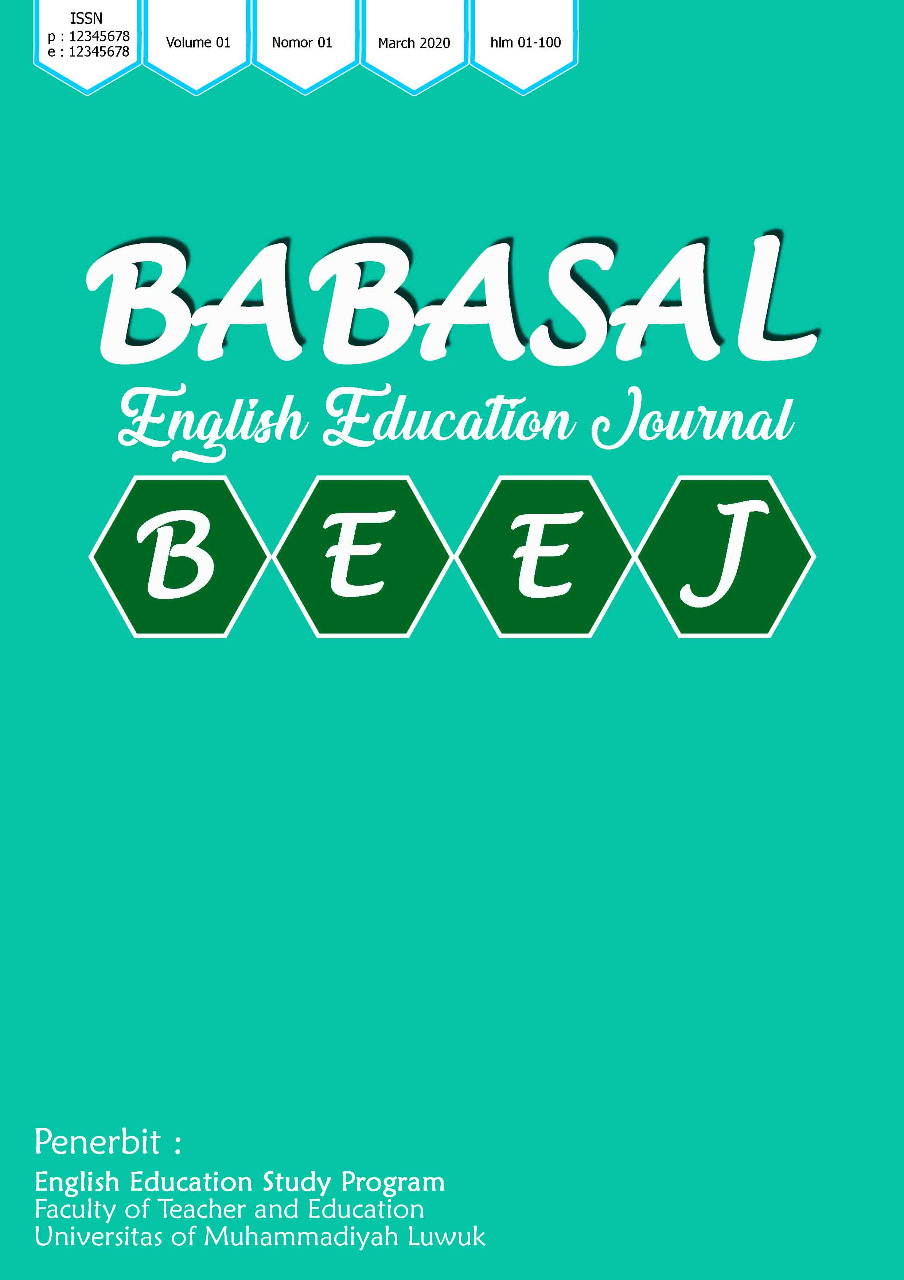Emotes in Mobile Legends Game Communication: A Semiotic Perspective
DOI:
https://doi.org/10.32529/beej.v5i2.3311Keywords:
Emotes, Mobile Legend, SemioticsAbstract
This research aims to determine the meaning and function of expressions using emotes in the Mobile Legends game. The object of this research is the Mobile Legends game. The research data is in the form of emotes in the game and grouped using Pierce's semiotic approach (Representation, object and interpretant), then data analysis is carried out by describing the meaning of emotes in the Mobile Legends game. The results found that there are several functions of emote markers such as expression markers of praise, ridicule, surprise /surprised, recognizing greatness, and frustration increasing enthusiasm, 'being stupid/don't care. There are several communication systems in the Mobile Legend game including: 1) Chat column feature, 2) Quick chat feature, 3) Direct conversation feature. , and 4) Emotes. Of these four features, the emote feature is most widely used in communication when playing the Mobile Legends game. This emote feature is a form of communication that combines several elements, namely images, text, movement and sound. This certainly creates a more interesting playing atmosphere.
References
Fera Rahmatun Nazilah. (2019). Nilai Budaya Khalayak Digital Dalam Komentar Pada Pemberitaan Kali Sentiong Di Kanal Youtube Detik.com [UIN Syarif Hidayatullah]. https://repository.uinjkt.ac.id/dspace/handle/123456789/45621
Hasyim, M. (2019). Linguistic Functions of Emoji in Social Media Communication. Opción, 35(24), 558–574.
Kemalasari, R. D., Azizah, A., Ansas, V. N., & Haristiani, N. (2021). REPRESENTASI SOSIAL MASYARAKAT DALAM FILM PARASITE: KAJIAN SEMIOTIKA ROLAND BARTHES. Jurnal Pendidikan Bahasa Dan Sastra, 21(1), 123–136. https://doi.org/10.17509/bs_jpbsp.v21i1.36665
Kerslake, L., & Wegerif, R. (2017). The Semiotics of Emoji: The Rise of Visual Language in the Age of the Internet. Media and Communication, 5(4), 75–78. https://doi.org/10.17645/mac.v5i4.1041
Lakuana, N., & Adam, D. W. D. (2023). The Effect of Online Games on English Language Skills. BABASAL English Education Journal, 4(1), 21–33.
Mariyam, S. (2021). MOTIF PENGGUNAAN FITUR EMOTICON DI MEDIA SOSIAL WHATSAPP: Studi terhadap Mahasiswa Program Studi Komunikasi dan Penyiaran Islam IAIN Madura. An-Nida?: Jurnal Komunikasi Islam, 13(2). https://doi.org/10.34001/an-nida.v13i2.2373
Merrell, F. (2005). Charles Sanders Peirce’s concept of the sign. In The Routledge companion to semiotics and linguistics (pp. 44–55). Routledge.
Pape, H. (1990). Charles S. Peirce on objects of thought and representation. Noûs, 375–395.
Putra, J. S. (2022). REPRESENTAMENT, OBJECT, AND INTERPRETANT ON NOVEL HARRY POTTER AND THE CHAMBER OF SECRETS. CALL, 4(2).
Sunaryo, J., Bakar, A., Pratiwi, W., & Alhidayat, N. (2022). PENGGUNAAN EMOTICON PADA MEDIA WHATAPPS DI KOMPLEK BTN SAKURA RESIDENCE KABUPATEN BUNGO. Jurnal Pendidikan Dasar Dan Sosial Humaniora, 1(3), 447–452.
Tan, W., Tan, C., & Teo, H. (2012). Conveying information effectively in a virtual world: Insights from synthesized task closure and media richness. Journal of the American Society for Information Science and Technology, 63(6), 1198–1212.
Winata, S. H. (2022). Peran Emoticon Whatsapp Sebagai Sarana Komunikasi. Jotika Journal in Education, 2(1), 32–36.
Downloads
Published
Issue
Section
License
Copyright (c) 2024 Andi Muh. Ruum Sya'baan, Muhammad Hasyim, Muhammad Nur Iman, Rahmawati Rahmawati, Nurhaida Lakuana

This work is licensed under a Creative Commons Attribution-NonCommercial 4.0 International License.



